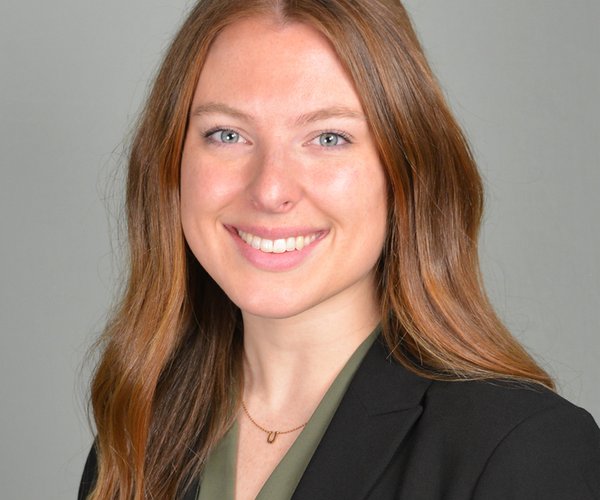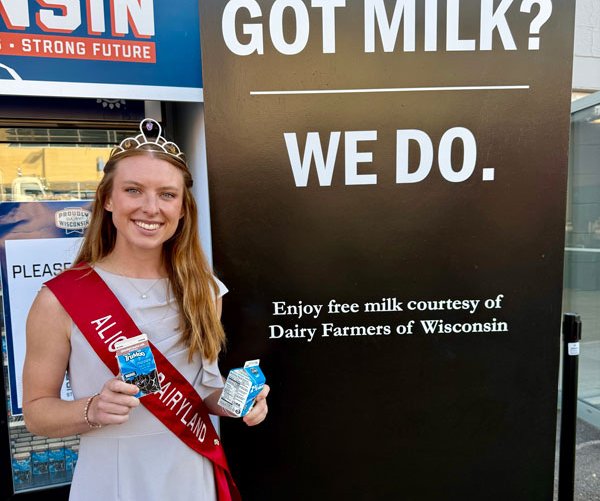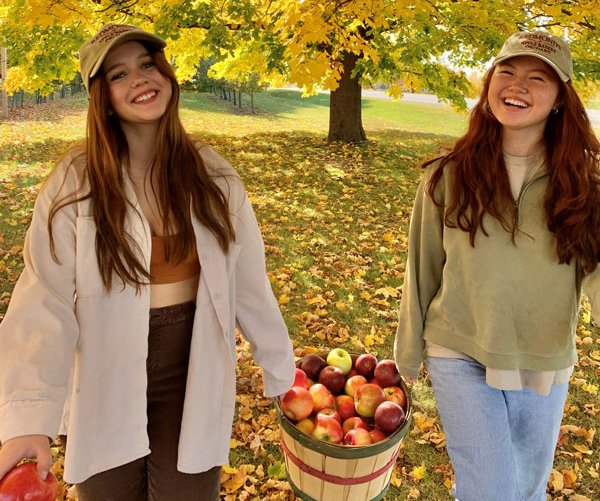On a nice warm spring day, head outside, and take a moment to slow down. Feel the warmth from the sun, listen to the wind through the trees or the birds chirping, smell the fresh flowers, and look for the bees, butterflies, and other pollinators visiting your space. It is estimated that “about 75% of the world’s flowering plants and about 35% of the world’s food crops depend on animal pollinators,” according to the United Stated Department of Agriculture (USDA), and spring is the perfect time to discover how you can support them.
The Wisconsin Department of Agriculture, Trade and Consumer Protection (DATCP) states “a pollinator is any animal that visits flowering plants and transfers pollen from flower to flower, thus aiding plant reproduction.” Other pollinators in North America include hummingbirds, flies, beetles, wasps, and even bats in some places. Some of these animals, like the butterfly, pollinate other plants on accident when searching for nectar, while bees purposefully collect pollen as a protein source for their young, making them very effective pollinators. Wisconsin’s pollinator-dependent crops account for over $275 million in annual production. These crops include apples, cranberries, cherries, green beans, pickling cucumbers, and fresh market fruits and vegetables.
If you would like to help pollinators in your yard or community, here are a few tips from a variety of Wisconsin-based resources like the Wisconsin Department of Natural Resources and DATCP, who have more tips available on their websites.
● Give water and shelter. Pollinators need water to drink and safe places to rest, avoid bad weather, and spend the winter. You can provide brush and leaf piles, leave areas of longer grass or patches of bare earth, and provide water, such as a bird bath.
● Plant a variety of flowers that bloom at different times during the year, especially native varieties, in many different colors. Bees can’t see red, so they are attracted to blue, white, and yellow flowers. Butterflies are drawn to orange, red, and yellow.
● If needing to use pesticides, be sure to thoroughly read and follow the label directions, avoid spraying onto flowering plants or other areas popular to pollinators, and rotate pesticide types, helping to avoid pesticide resistance.
It is almost swarm season for our most familiar pollinator, the honeybee. When a colony outgrows its home, about half of the bees, along with a new queen, will leave in search of a new home, creating their own colony. The “swarm” and its queen will gather in a space outside of the hive like a tree, bush, or other structure, while scout bees go and look for a new home. Although a giant pile of honeybees may be frightening at first, these swarms are typically quite docile and pose no threat to you or your family. If a swarm comes to you, visit wihoney.org/find-local-honey to find a beekeeper who can come collect the swarm and give them a new home.
As I have traveled across Wisconsin visiting different classrooms in our state, I love sharing more about our valuable pollinators, such as honeybees, who help us to grow a diverse group of foods that Wisconsin agriculture is known for. Honeybees, and many other species of pollinators, help to keep agriculture in Wisconsin strong and vibrant!
Agriculture in Wisconsin, and across the world, would look a lot different without our pollinators’ help. Visit your local University of Wisconsin Extension Agency office, talk to a local beekeeper, or reach out to DATCP’s Apiary Program for more information on how you can help our pollinators thrive.
— Ashley Hagenow is the 76th Alice in Dairyland, Wisconsin’s agriculture ambassador who works with media professionals to educate consumers about the importance of agriculture to Wisconsin’s economy and way of life. She can be reached at ashley.hagenow@wisconsin.gov.




